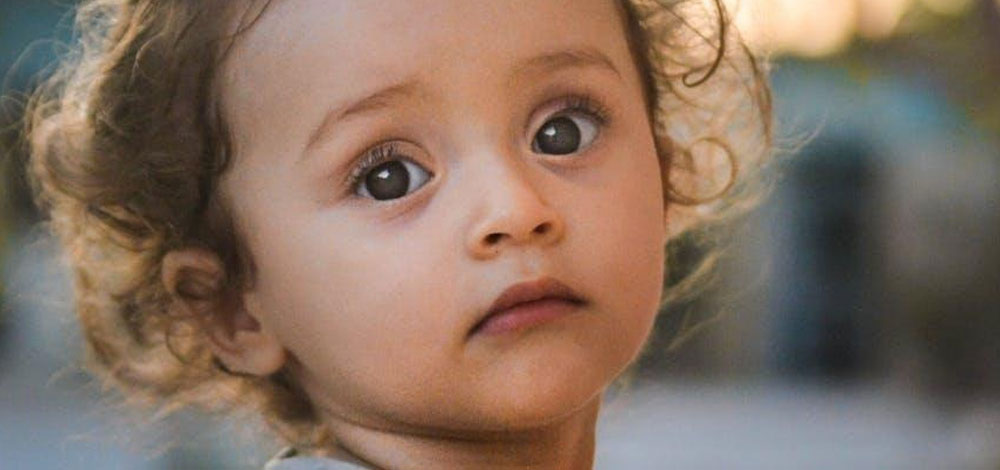
Crossed Eyes: When Do You Need To Look Out For Strabismus Problems In Your Children?
Strabismus (crossed eyes) is a common condition that can affect children and adults. When a child has issues with their vision, it is unlikely for them to inform anyone about it. So, it is up to parents to identify any signs and take them to a Paediatric Ophthalmologist Dubai. Hence, in this blog, we will explore some of the symptoms a parent could observe.
What is strabismus?
It is a condition that causes a person’s eyes to not look at the same place simultaneously. It typically occurs in those who have weak muscle control in the eyes or are extremely far-sighted.
The eye is connected to six muscles that control its movement according to the signals they receive from the brain. In a person without the condition, the eyes work together, so they are directed toward the same place. When issues affect the muscles, an eye may turn in different directions and not sync with the other one.
This uncontrollable turning may appear all the time or occur when a person is ill, tired, or has done work from a close distance. Typically only one will turn but is it possible for both to be affected at the same time.
Eye doctors will try to align the eye properly so they can preserve a person’s vision. Without treatment, a person may start seeing double images, have poor depth perception, and lose their vision in the affected eye. Over time the brain will ignore the information being sent from the eye, reducing vision permanently and leading to a lazy eye.
How can parents identify the condition?
Children, as mentioned above, may not be inclined to tell their parents of any issues with their vision, so it is up to them to figure it out. Luckily strabismus can be recognized with relative ease, as its symptoms tend to be prominent.
Eyes that appear to be misaligned
A person’s eyes nearly always are directed toward the same thing; however, that is not the case with those suffering from this condition. So, parents may notice a misalignment in their child’s eyes.
Eyes that move separately
The child’s eyes may not move together. One might have erratic movements and face a different direction to the other.
Frequent squinting or blinking
Due to the misalignment and blurry vision, a child may frequently blink or squint to gain a clearer image. Bright sunlight can also cause this to happen as the eyes will be more sensitive than they typically are.
Tilting the head when looking at objects
To reduce the effect of double vision, children will tilt their heads.
Bumping into things and breaking objects
Due to the misalignment, children will lack depth perception; therefore, they will not assess the distance of objects, resulting in bumping into them or breaking them by keeping them away from their intended surface.
Strabismus can be treated by vision therapy and, in severe cases, eye surgery. So when parents notice the above symptoms, they need to consult an eye clinic as soon as possible.
